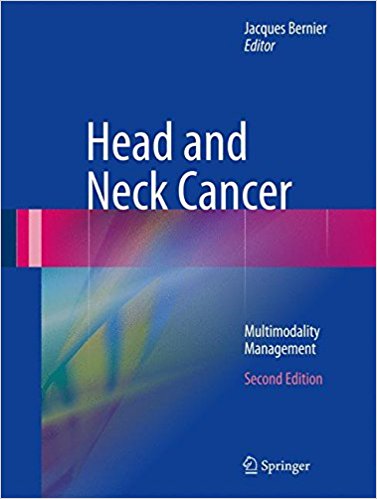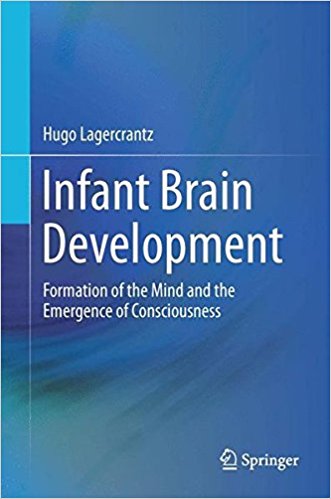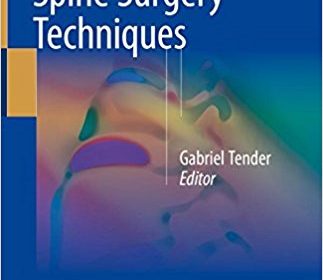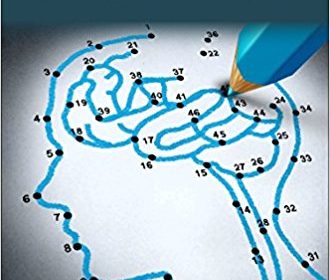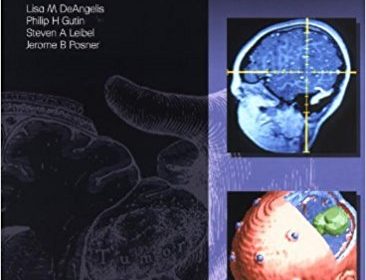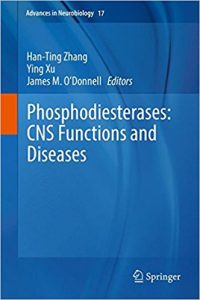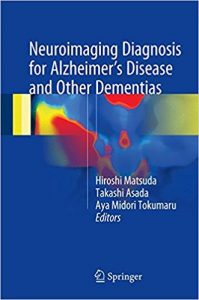Cell Therapy for Perinatal Brain Injury 1st ed
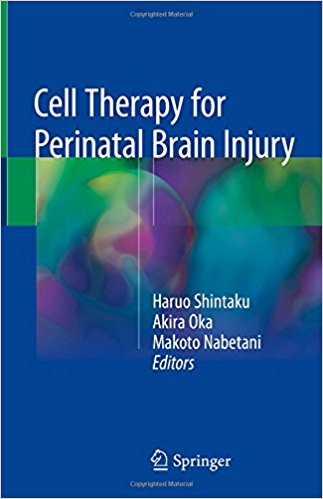
[amazon_link asins=’9811014116′ template=’ProductAd’ store=’aishabano-20′ marketplace=’US’ link_id=’7a97b7ce-3b6c-11e8-90a8-2b907695e730′]
This book provides a wealth of insights, advances and new perspectives on cell therapy for different types of neonatal ischemic disease, such as Hypoxic-Ischemic Encephalopathy (HIE), Periventricular Leukomalacia (PVL) and neonatal infarction.
These diseases pose serious challenges for neonatologists and neurologists, because the severe sequelae lead to decreasing QOL for patients and their families. Accordingly, new treatments for neonatal ischemic diseases are needed all over the world.
The book develops new effective therapies combined with hypothermia therapy, an established treatment for HIE. After reviewing past approaches, it presents cutting-edge topics in cell therapy, one of the most promising candidates for treating neonatal ischemic disease. Cell Therapy for Neonatal Ischemic Disease will offer readers a better understanding of the current state of the art in this field from bench to bedside, and inspire researchers and physicians to further explore this evolving therapy.

